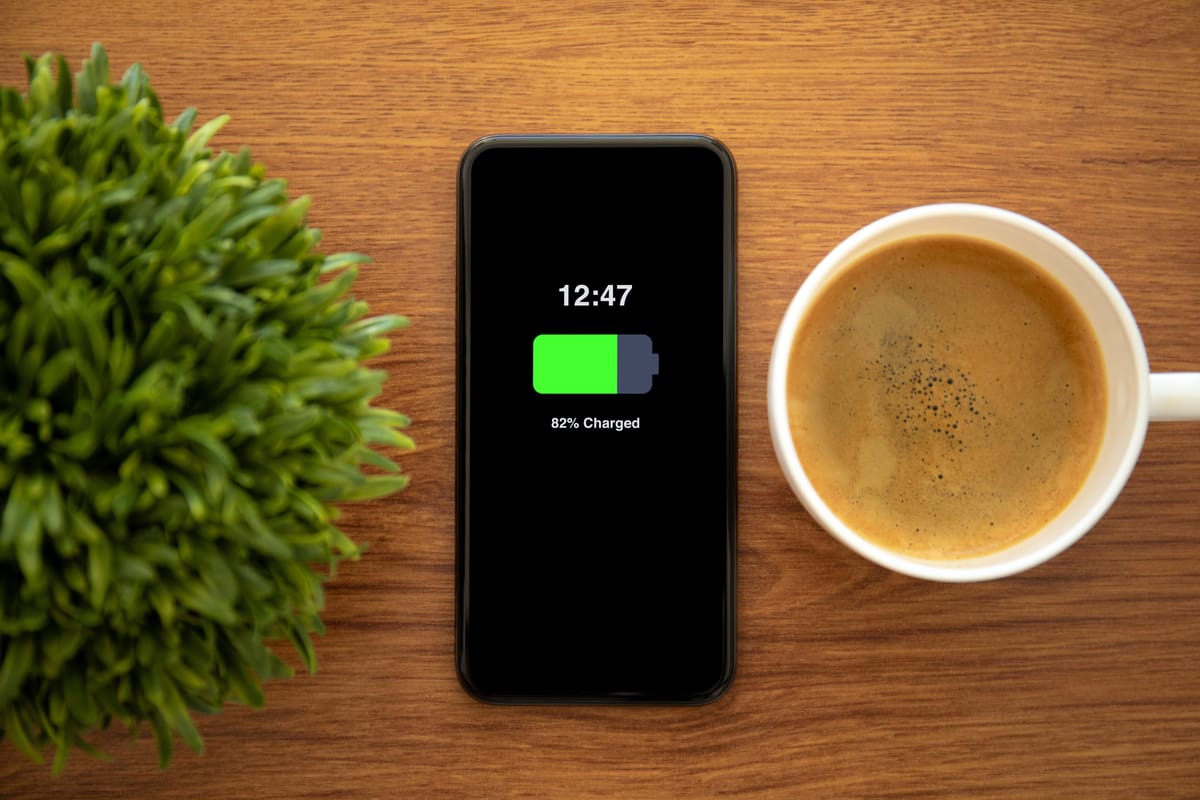
Restaurant Table Wireless Charging: Customer Experience Guide
Modern dining experiences increasingly include technological amenities that enhance customer satisfaction. Implementing solutions like the InvisQi wireless charger in restaurant tables adds value while maintaining the aesthetic appeal of your dining environment.
Strategic Implementation
1. Table Selection
Optimal placement strategies:
- High-traffic seating areas
- Extended-stay dining zones
- Bar and lounge sections
- Waiting areas
2. Customer Flow Considerations
Impact on dining experience:
- Table turnover times
- Customer seating patterns
- Service workflow
- Peak hour management
Material Compatibility
1. Table Surface Types
Common restaurant materials:
- Solid wood tables
- Stone or quartz surfaces
- Composite materials
- Laminate tabletops
2. Installation Requirements
Technical considerations:
- Surface thickness (18-30mm optimal)
- Water resistance needs
- Heat tolerance
- Cleaning compatibility
Customer Communication
1. Awareness Creation
Promoting the feature:
- Table markers or indicators
- Menu notifications
- Staff communication
- Social media promotion
2. Usage Guidance
Clear instructions through:
- Table signage
- Server training
- Digital displays
- Menu inserts
Commercial Implementation
Restaurant businesses can implement charging in various areas:
1. Dining Areas
Strategic zones include:
- Main dining room
- Private dining sections
- Outdoor seating
- Counter seating
2. Staff Areas
Operational zones:
- Server stations
- Host stands
- Bar service areas
- Kitchen tablets
Installation Process
1. Planning Phase
Implementation steps:
- Table assessment
- Power infrastructure planning
- Staff training schedule
- Installation timing
2. Execution Strategy
Rollout approach:
- Section-by-section installation
- Off-peak implementation
- Quality testing
- Staff orientation
Maintenance Protocol
1. Daily Operations
Regular maintenance:
- Cleaning procedures
- Performance checks
- Alignment verification
- Safety inspections
2. Long-term Care
Ongoing maintenance:
- Monthly system checks
- Equipment updates
- Staff retraining
- Performance optimization
ROI Considerations
1. Business Benefits
Value additions:
- Extended customer stays
- Increased beverage sales
- Customer satisfaction
- Competitive advantage
2. Cost Analysis
Investment factors:
- Equipment costs
- Installation expenses
- Training investment
- Maintenance budget
Future Adaptations
1. Technology Integration
Future considerations:
- POS system integration
- Mobile ordering sync
- Customer data insights
- IoT connectivity
Conclusion
Implementing wireless charging in restaurant tables enhances the modern dining experience while providing practical value to customers. With proper planning, installation, and maintenance, restaurants can create a sophisticated tech-enabled environment that sets them apart in the competitive hospitality market.






